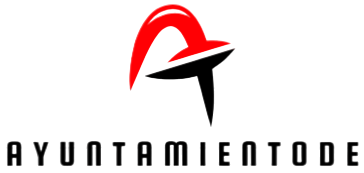Piping and Instrumentation Diagrams P&IDs are essential tools in the engineering, process, and manufacturing industries. They provide a detailed visual representation of the process flow, equipment, and instrumentation in a facility. Understanding P&ID symbols is crucial for anyone involved in designing, operating, or maintaining process systems. This guide aims to introduce the basics of reading and using P&ID symbols for beginners. At its core, a P&ID is a graphical representation of a system that shows the interconnections of pipes, equipment, control systems, and instrumentation used in industrial processes. These diagrams help engineers and operators understand the design and operational flow of a system, providing clear, concise information about how different components interact with one another. The symbols used in P&IDs are standardized and typically follow established conventions, such as those set by the International Society of Automation ISA and other industry groups. Each symbol represents a specific type of equipment, instrument, or control device.

These symbols are often classified into different categories, such as piping, valves, pumps, tanks, and instruments. The foundation of a P&ID lies in its representation of pipes and equipment. For instance, pipes are typically shown as lines connecting various equipment items. These lines may be solid, dashed, or dotted, depending on the type of flow e.g., primary, secondary, or maintenance. The symbols for tanks, pumps, compressors, and other key equipment vary by their specific function. Tanks are usually depicted as circles or rectangles, while pumps are often shown as circles with a P inside. Valves are critical components in regulating fluid flow within a system. P&ID symbols for valves are typically shaped as circles with different markings inside to represent their type. A globe valve, for example, will have a specific symbol that distinguishes it from a ball or gate valve. Each valve type has a distinct shape and notation to indicate its function, such as regulating, isolating, or controlling flow.
Instruments such as pressure gauges, flow meters, and temperature sensors are represented with standardized symbols. For example, a pressure gauge is usually represented by a circle with the letter P inside, while a flow meter might be shown with a triangle. The symbols can also include additional notations or numbers to indicate the specific model or measurement range of the instruments. The p&id symbols also depict control systems, which manage the operation of various components within the process. These control systems are represented with symbols for controllers, sensors, and actuators. For instance, a controller may be shown as a rectangular box with input and output arrows indicating how it interacts with other components in the loop. When reading a P&ID, it is important to understand the flow of the process, which is typically indicated by arrows on the piping. These arrows show the direction of fluid or gas movement within the system. By following the lines, you can trace the flow path from one equipment to another, identifying key instruments along the way.
